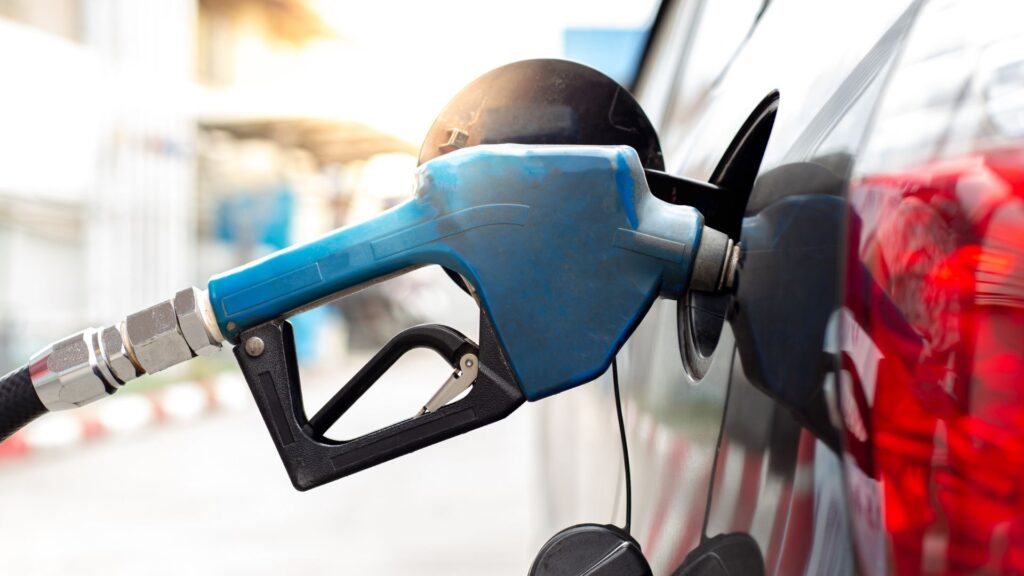
Get the Most Out of Every Drop
Modern society can’t run without fuel. However, the amount of carbon dioxide released and how it affects the ozone layer make fuel-based energy a controversial topic among greens. Air pollution, climate change, water pollution, heat pollution, and getting rid of fuel waste are all problems that are directly caused by how fuel is made and used. In addition to the clear environmental costs, burning excess fuel wastes both money and resources.
It’s a win-win situation: by wasting less energy, people can breathe easier and swim in better water, and valuable natural resources are protected. Driving a fuel-powered vehicle instead of an electrical vehicle requires you, as a responsible global citizen, to keep both the environment and your wallet in mind. Consequently, you may want to consider ways to reduce your vehicle’s fuel consumption.
Sirwiss has partnered with auto services specialists who are familiar with administering vehicles in dry conditions and can therefore provide you with information on how to decrease your vehicle’s fuel consumption. Continue reading.
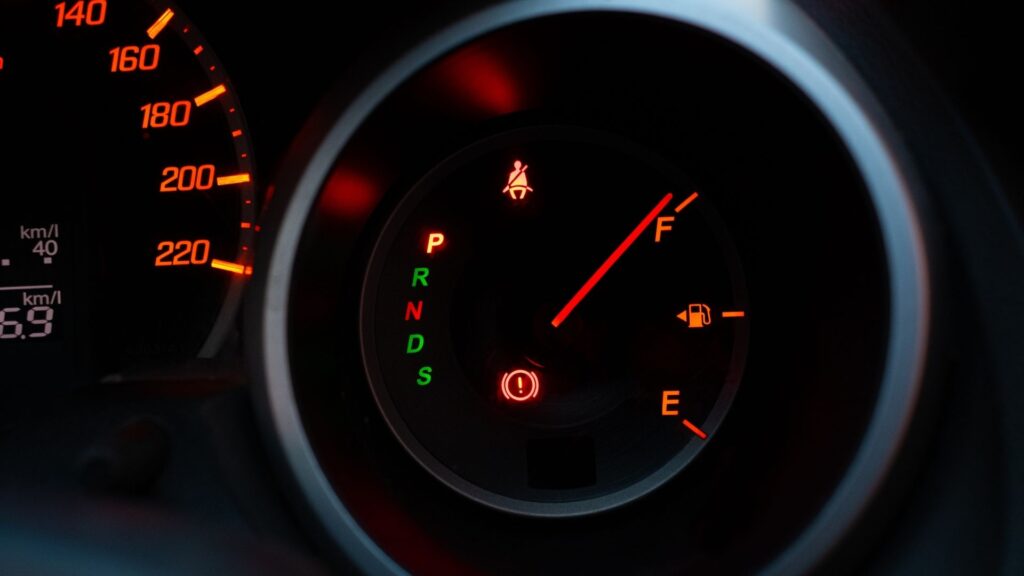
Ways of Enhancing Gas Mileage
Since there’s not much you can do about the numbers at the pump, it’s time to evaluate your choices behind the wheel. Below are the best expert-backed strategies for increasing your car’s fuel economy.
1. Be Gentle on the Throttle

While driving, use the least amount of throttle possible. The majority of an engine’s fuel is used in overcoming inertia and increasing speed from a standstill. To reduce this, accelerate smoothly and steadily, and press the accelerator as gently as possible. Speed is not necessarily a negative thing in and of itself, however it’s best to increase it gradually. Consider it like a marathon, where you must plan your pace and maintain some energy in reserve. Accelerating quickly and driving at a greater speed will waste more petrol than driving slowly. You’re not starting in a drag race.
2. Slow Down
Fuel economy peaks at roughly 50 miles per hour and then lowers as you accelerate. Cutting your highway speed by 5 to 10 miles per hour could enhance your fuel economy by up to 14%.
3. Predict While Driving

Examine the road ahead and pay attention to the traffic flow. You can plan your maneuvers and minimize unnecessary acceleration and braking by anticipating how traffic will move. Spot traffic signals early so you can let off the gas and let the vehicle coast to a stop instead of braking violently at the last minute. Driving at a constant speed saves gasoline and allows you to catch up to quicker vehicles. Similarly, there’s no point in speeding past slower-moving traffic just to get stuck in traffic ahead.
4. Do Not Put Your Vehicle in Neutral
Putting your car in neutral and coasting down the road won’t help you save gas. Not only is it reckless, but it also won’t save you any gas money because you can’t avoid an oncoming automobile if it swerves in front of you when you’re not in gear. Simply put, you are turning off the transmission. Many people mistake this for the next tip.
5. Turn Off Your Engine
Modern engines are packed with technology, and it will not grumble if you have to restart them regularly. Long durations of idling not only waste gasoline but also contribute to air pollution. Examine the amount of time left till the light turns green in seconds. Turn off the engine if you’re going to be waiting for a while, especially while you’re stalled in traffic due to an accident ahead. Newer cars even include an environmental mode that closes the throttle to minimize the amount of gas entering the cylinder. And it does make a difference: According to experts, your engine burns 14 to 12 gallons of fuel per hour it is idling.
6. Use the A/C not Your Windows
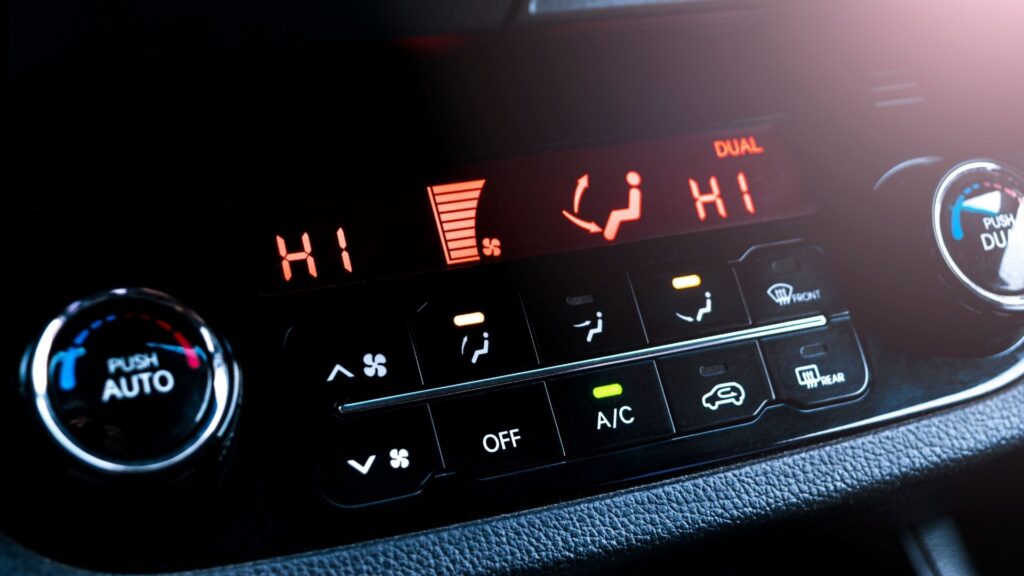
In the 1960s and 1970s, your parents may have advised you to roll down the windows when it’s warm, but that advice is as antiquated as a 1973 Pontiac Grand Am. Most individuals find it more effective to drive with their windows up and use their air conditioning rather than the breeze. Modern engines can handle air conditioning compressor loads. Older cars’ air conditioning systems really did drain on the engine, decreasing your fuel economy, but that’s a relic of the past.
7. Shed Weight and Drag

All manufacturers strive to make the vehicle’s weight as light as feasible while maintaining its safety. When the overall weight is low, there is less pressure on the engine and less energy is required. A lighter car will burn less fuel than a heavier vehicle driven by the same engine. As a result, it is critical to keep the vehicle as light as possible at all times. Remove any superfluous bags, stray things, or garbage from the vehicle’s boot.
Car makers also build their vehicles to be as aerodynamic and drag-free as feasible. A roof rack, on the other hand, increases wind resistance. Roof-mounted cargo boxes, according to studies, can lower fuel economy by two to five percent. As a result, if you aren’t utilizing the roof rack, remove it.
8. Properly Inflate Your Tires
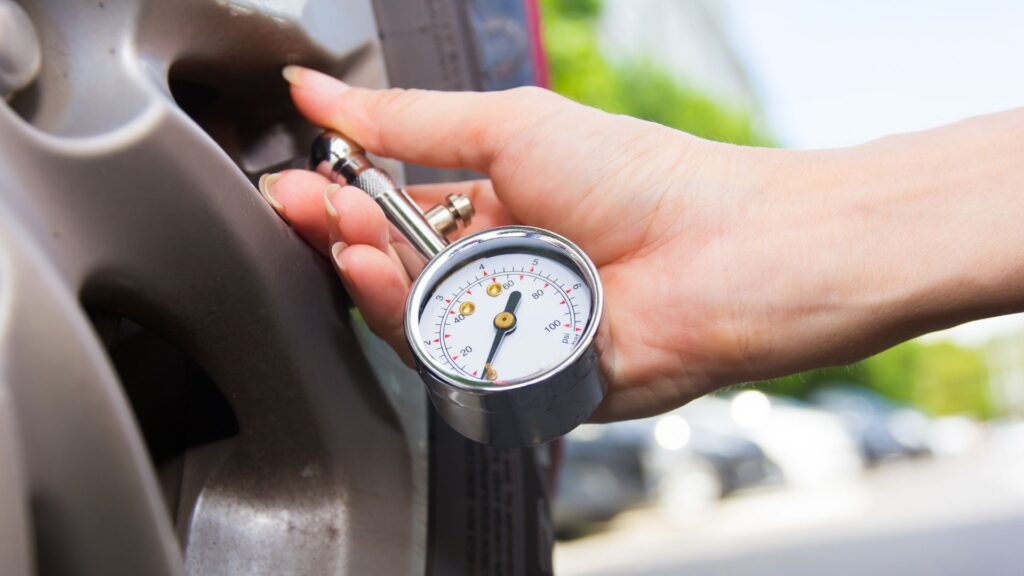
Vehicle owners overlook the importance of Tyres and their role in obtaining optimum fuel efficiency. Tyres are the only point of contact between the vehicle and the ground. The majority of the engine’s power is used to propel the Tyres as they create rolling resistance. Low Tyre pressure increases resistance, causing the engine to work harder, increasing fuel consumption. As a result, it is critical to keep the Tyres inflated at the recommended air pressure or higher.
Check the Tyre pressure once a week and before a lengthy trip. The correct Tyre pressure information for the car is normally mentioned on the driver’s side door. Get the wheels balanced and aligned at regular intervals.
9. Fill Your Car with Good Quality Fuel
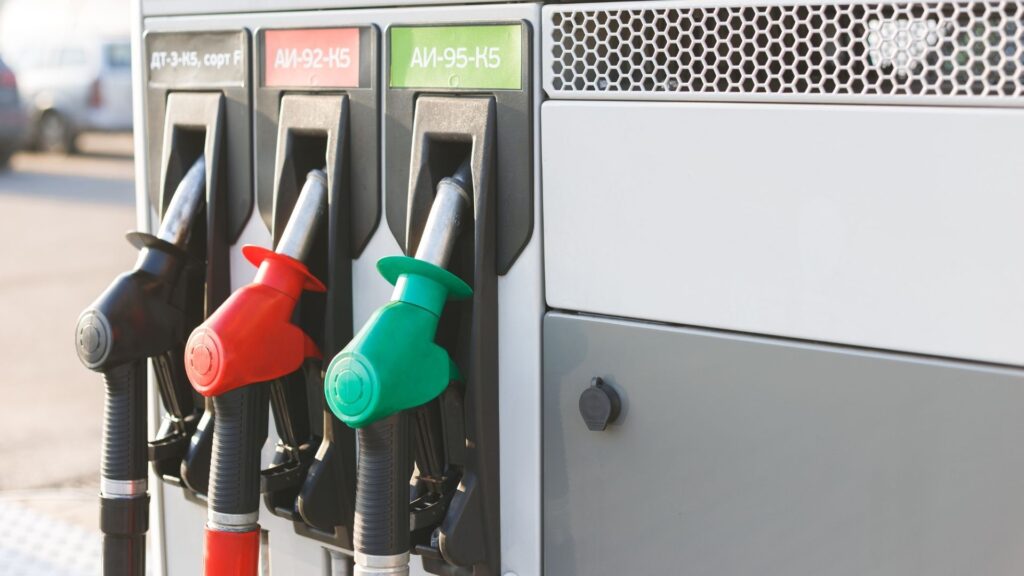
Adulterated fuel not only reduces fuel economy but also causes engine damage. Always inspect the fuel quality before filling up your car. You can now test the volume and density of petrol sold at any pump without being charged. It is also good to fill up at a large company-owned fuel pump in the city. Avoid fueling up at small and suspicious-looking gas stations when driving on the highway.
A vehicle’s fuel consumption is determined by a variety of factors. Some of these, such as traffic congestion and road conditions, are uncontrollable. Improving your driving technique and maintaining your vehicle will help you achieve higher fuel efficiency regardless of the weather. Getting more kilometers out of each liter of petrol isn’t difficult, and it can even be enjoyable. Simply follow our step-by-step instructions.
10. Maintain Your Car
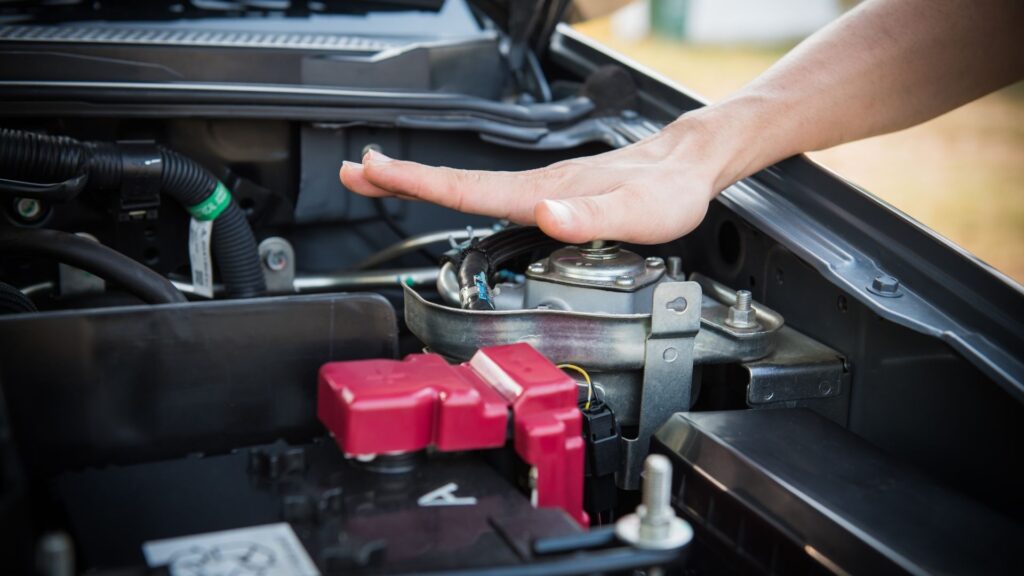
Automobile owners frequently erroneously conclude that they can save money by forgoing scheduled maintenance. Most people don’t worry about their vehicles unless something goes wrong. However, it is essential to maintain the health of your vehicle by servicing it and replacing its components at the intervals specified by the manufacturer.
Only a vehicle in good health can achieve its full performance potential and fuel efficiency. low engine maintenance will result in low fuel economy. Consumables such as engine oil, air filters, and oil must be changed at regular intervals. The air filter, which keeps debris from entering the engine, becomes blocked after a few thousand kilometers of driving in our dusty climate. Reduced engine power from a blocked air filter prompts you to increase your gas pedal pressure.
Engine oil is used to lubricate moving parts, but it also collects dirt and debris over time. In addition, it loses viscosity at high temperatures, putting extra stress on the engine if it isn’t constantly replaced. A well-maintained vehicle uses significantly less gas than one that isn’t.
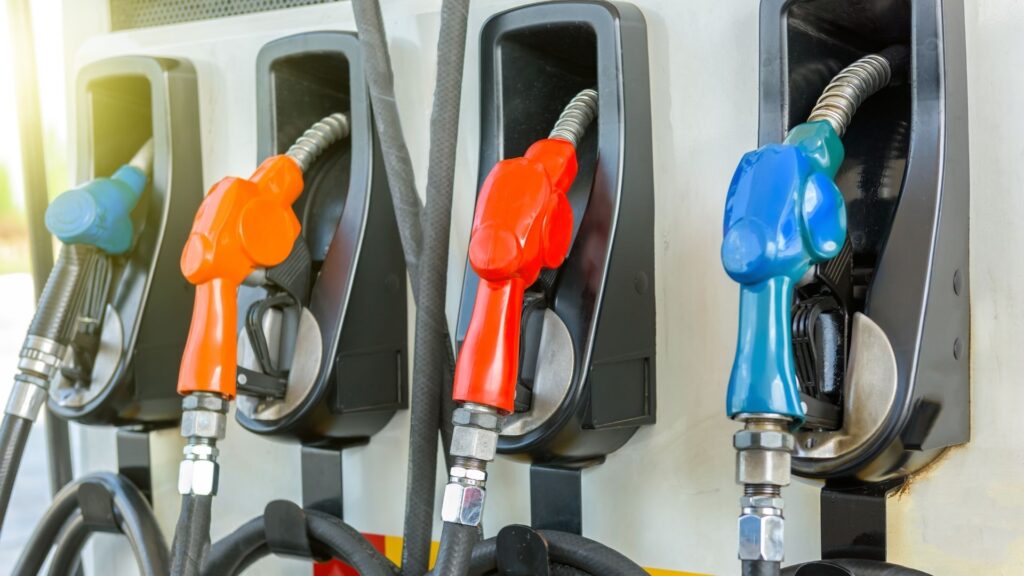
Passenger cars, trucks, and SUVs account for the vast bulk of transportation-related emissions, making them the single greatest contributor to global warming. The occasional Sunday drive in your classic automobile is OK but make it less of a ritual than it already is. It is, of course, your prerogative to opt for the fuel-powered vehicles rather than the electric ones. As tailpipe emissions contribute to both global warming and smog formation, electric vehicles (EVs) offer a solution by eliminating these pollutants entirely.